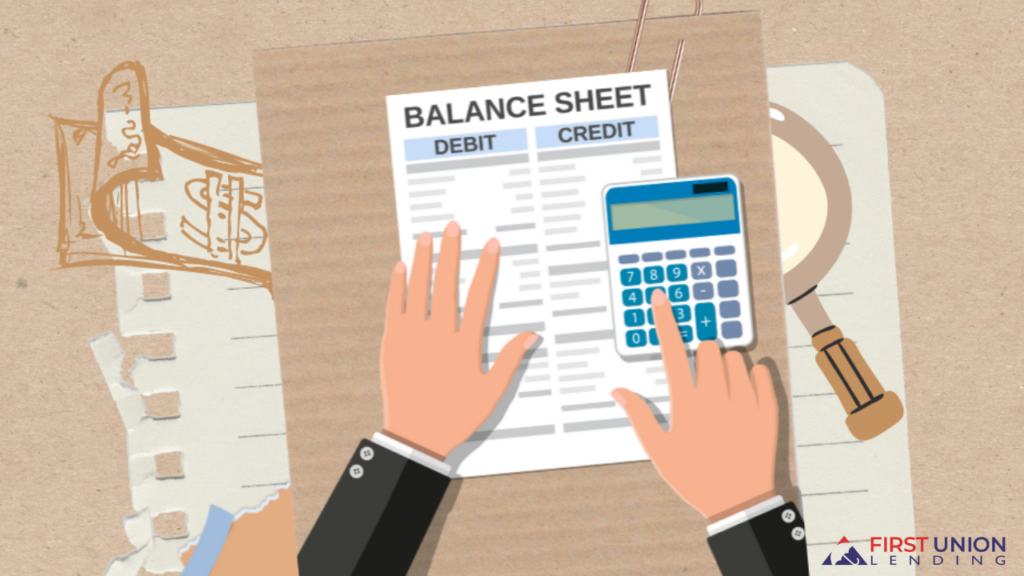
A balance sheet, known as a Statement of Financial Position, serves as a crucial financial statement for businesses. It offers a concise overview of a company’s assets, liabilities, and equity at a specific moment, shedding light on its financial position.
The Balance Sheet Formula
Assets = Liabilities + Equity.This straightforward equation forms the foundation of the balance sheet, allowing us to understand the intricate interplay between these elements.
Assets: What a Company Owns
Assets represent the tangible and intangible possessions that hold monetary value for a company. They encompass both current assets, such as cash, accounts receivable, and inventory, as well as long-term assets, including property, plant, and equipment. By totaling the value of all company property, resources, and investments, we arrive at the value of assets. This value must align with the sum of the company’s liabilities and equity.
Liabilities: A Company’s Obligations
Liabilities reflect the various obligations a company must fulfill. These may include loans, accounts payable, and taxes owed. We classify liabilities as either current (due within a year) or long-term (due beyond the balance sheet date).
Equity: Residual Interest in a Business
Equity accounts for the residual interest in a company’s assets once liabilities have been deducted. Calculated by subtracting liabilities from assets, equity can also be regarded as net assets. It signifies the amount that would remain if all liabilities were settled. Furthermore, equity is categorized into common stock, retained earnings, and treasury stock.
Unveiling Financial Health
The balance sheet holds crucial information about a company’s financial well-being. It helps us assess its liquidity, solvency, and cash flow generation abilities. Investors rely on the balance sheet to evaluate a company’s value and its capacity to meet financial obligations.
Interpreting the Balance Sheet
Interpreting a balance sheet is vital for businesses to make informed decisions. For instance, a company boasting substantial current assets and few current liabilities possesses greater liquidity and can easily fulfill short-term debts. Conversely, a company burdened with extensive long-term liabilities, such as loans and mortgages, may need additional time to fulfill future financial obligations.
Conclusion: The Snapshot of Financial Position
In conclusion, balance sheets offer a snapshot of a company’s financial standing at a specific moment. They convey what the company possesses and what it owes. Investors and stakeholders heavily rely on the balance sheet to evaluate a company’s financial health and long-term sustainability. When evaluated alongside income and cash flow statements, the balance sheet provides a comprehensive perspective on a company’s economic performance.
